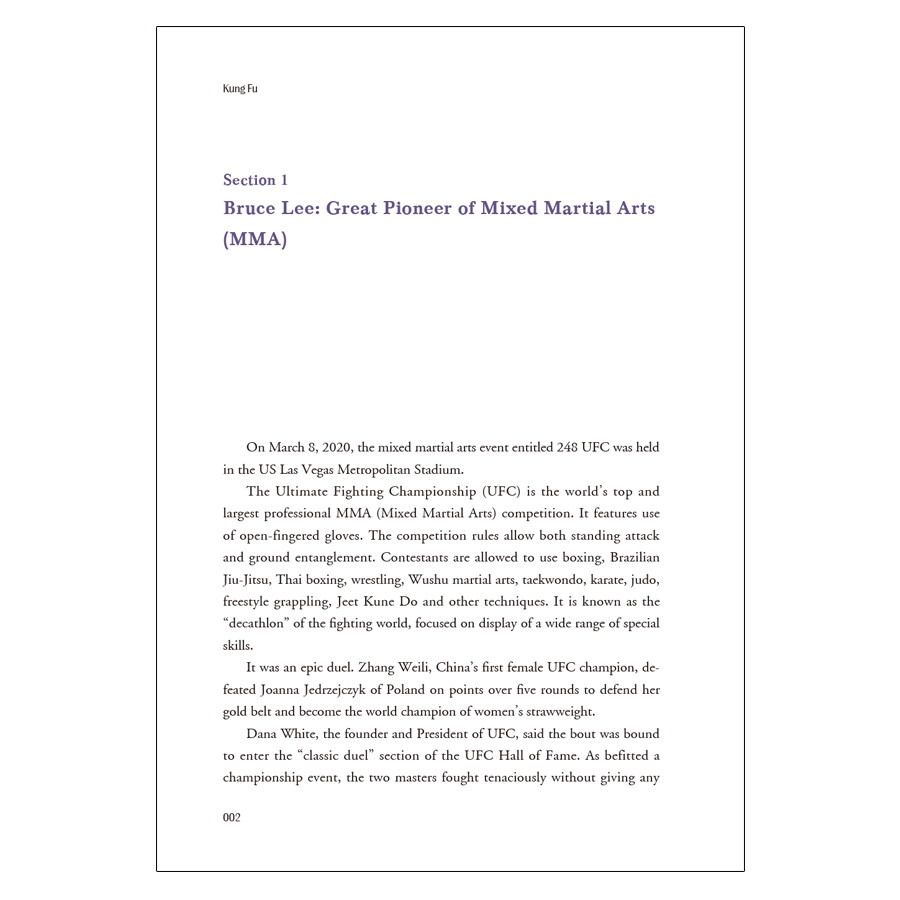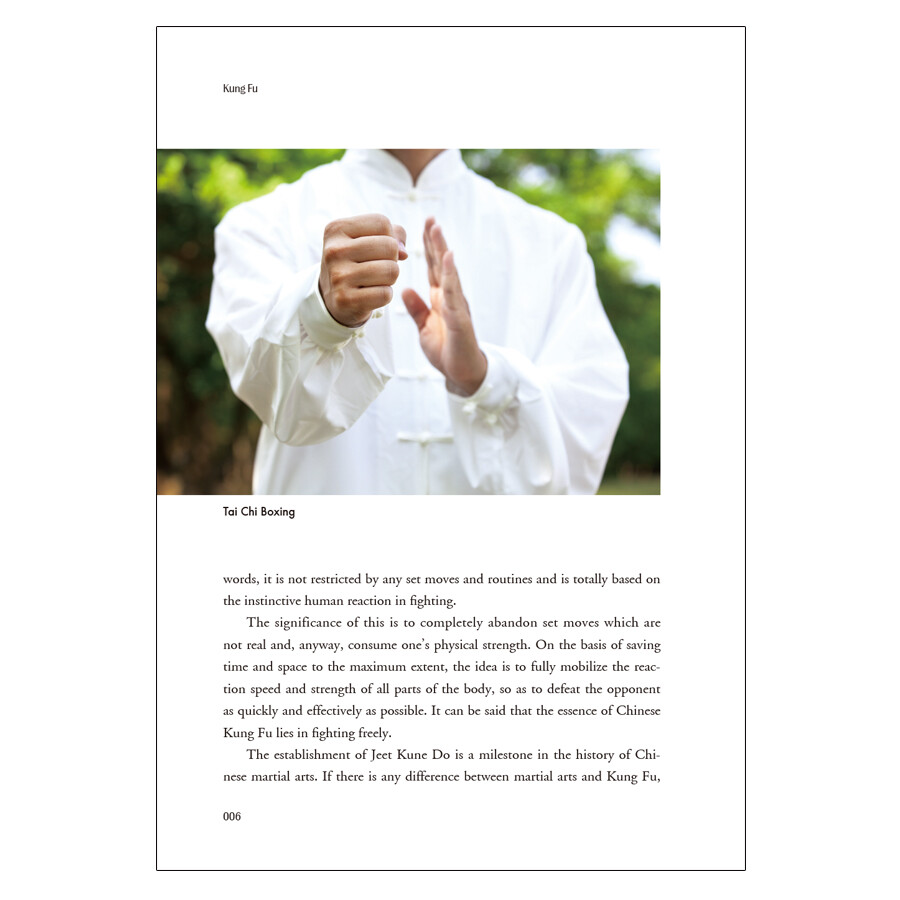


If the Chinese cultural history is a long river, Kung Fu is a brook that empties into it.
In ancient times, Kung Fu was developed on the basis of the benevolence thought of Confucianism. Confucius praise highly benevolence which refers to the dedication to oneself and others, to family and the state. And it is manifested, ??rst and foremost, in patriotism. Mencius stressed righteousness which refers to the quality to sacri??ce the small self and achieve the greater self. At every crisis of the Chinese nation, there always came forward benevolent men and women who sacrificed their families and served their country with great devotion. Numerous Kung Fu masters expressed their concerns for the people, and gone to the frontier and battle??elds to protect the country. Such aspiration for the greatness of the nation has been perceived as the supreme pursuit of the spirituality in Chinese Kung Fu in all ages.
Xin Qiji (1140-1207), the famous patriotic general and sword master of the Southern Song Dynasty (1127-1279), led his army to ??ght against the Jin invaders to recover lost territories in the Northern Expedition to the Central Plains. Yue Fei (1103-1142), the national hero and creator of the Yue's Spear, practiced Kung Fu since childhood and led his army to fight courageously against the Jin invaders. Unfortunately, he was framed by the traitors and was killed in prison. Qi Jiguang (1528-1588), the Anti-Japanese hero of the Ming Dynasty (1368-1644) and the creator of the Qi's Boxing, led his army to hit back the Japanese who invaded the southeastern coast of China. Zheng Chenggong (1624-1662), was a renowned general of unusual strength. In 1661, after nine months of heroic battles, he led his men to recapture Taiwan, ending the rule of the Dutch colonists over the island. Guan Tianpei (1781-1841), the "General of the Great Sword", led 400 men to defend the Humen Fortress in Guangdong against the British aggressors. Hopelessly outnumbered, he was eventually killed in battle.
All of them are famous Kung Fu masters who de??ed violence and resisted invasions. In this process, Chinese Kung Fu has not only served a military function, but also shaped the noble spirit of patriotism......